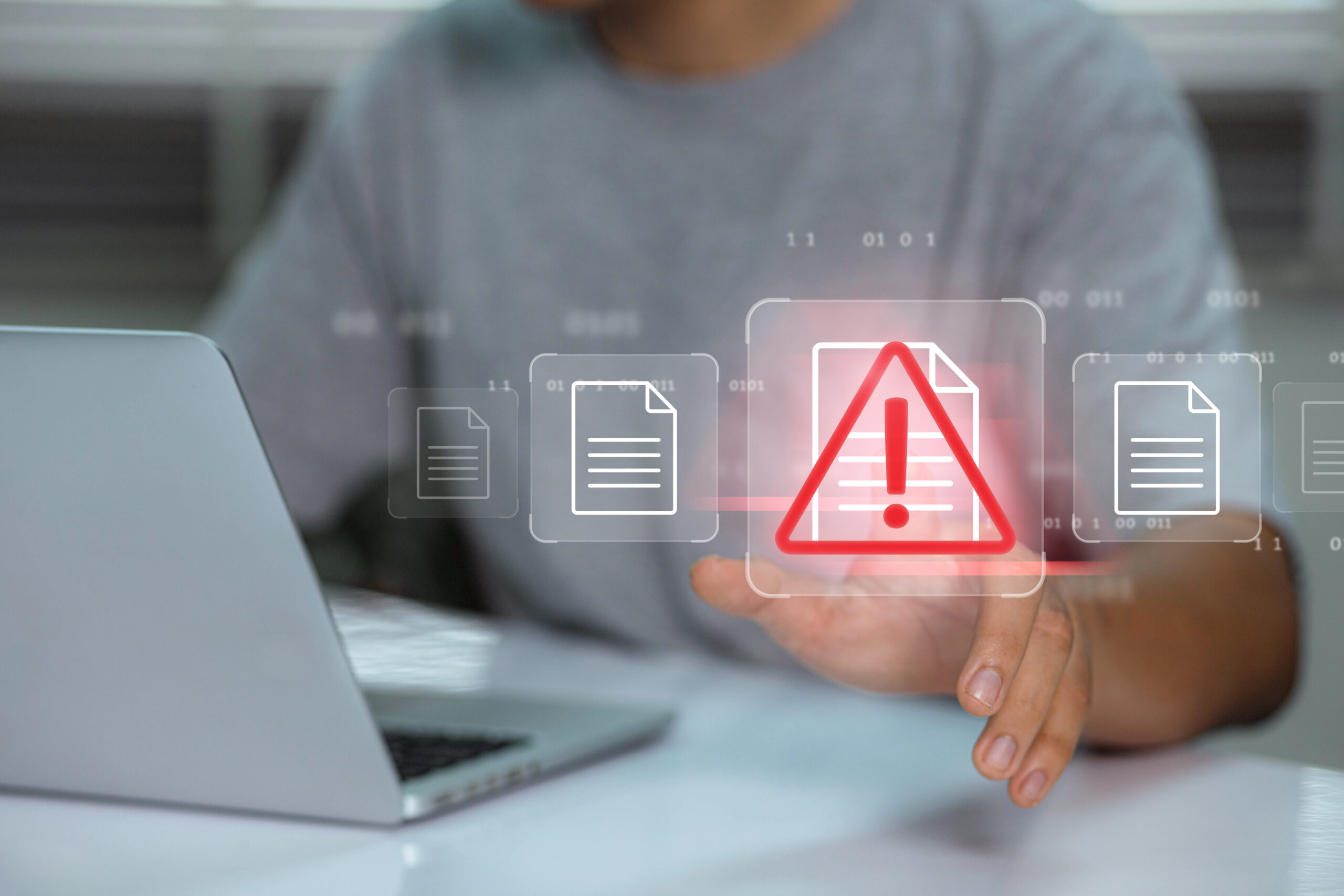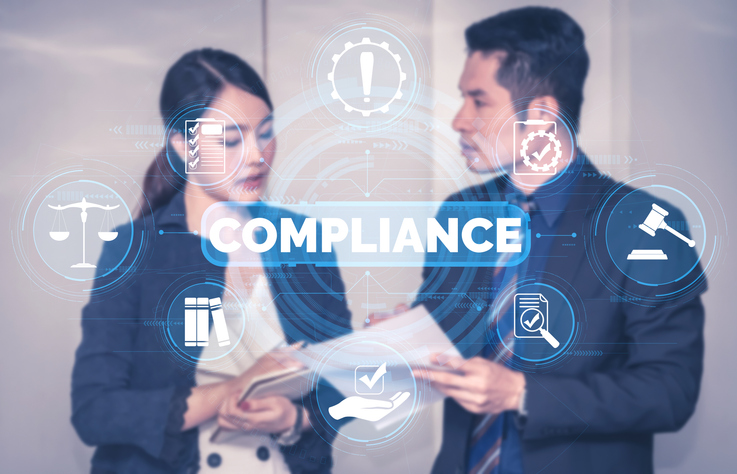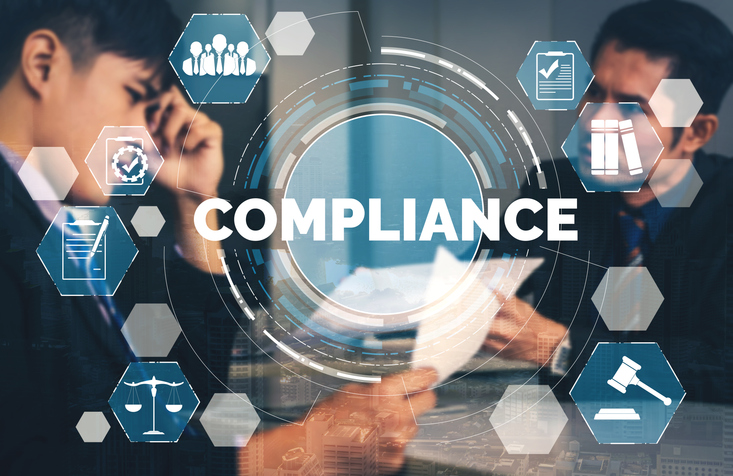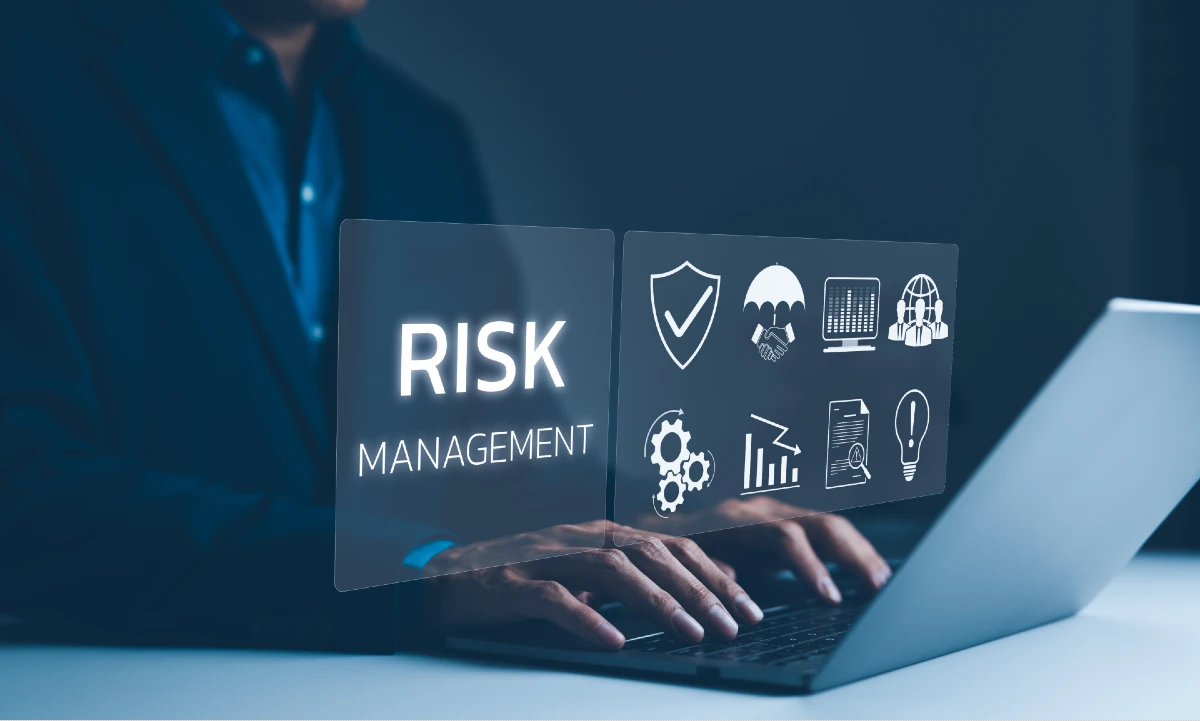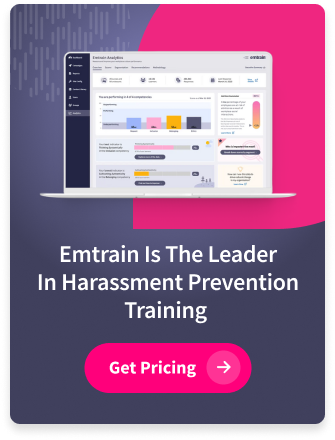The HIPAA Breach Notification Rule ensures that individuals are informed when their protected health information (PHI) is compromised. Unlike the HIPAA Privacy Rule, which governs how PHI can be used and disclosed, the Breach Notification Rule focuses on what happens after a breach occurs. For organizations handling sensitive employee health information, understanding this rule is essential to maintaining trust and avoiding penalties.
What Is the HIPAA Breach Notification Rule?
The HIPAA Breach Notification Rule was established under the Health Information Technology for Economic and Clinical Health (HITECH) Act in 2009. It requires covered entities and their business associates to notify affected individuals, the Department of Health and Human Services (HHS), and sometimes the media when a breach of unsecured PHI occurs.
A breach is defined as an unauthorized acquisition, access, use, or disclosure of PHI that compromises its privacy or security. The rule applies to:
- Covered entities – Healthcare providers, health plans, and healthcare clearinghouses
- Business associates – Third-party vendors and contractors handling PHI on behalf of covered entities
Why the Breach Notification Rule Matters
Data breaches involving PHI can expose sensitive information such as:
- Medical diagnoses and treatment records
- Health insurance details
- Social security numbers
- Payment information
Failing to report a breach promptly or accurately can lead to significant fines, legal action, and reputational damage. The Breach Notification Rule ensures that affected individuals are informed and can take protective measures.
What Triggers a HIPAA Breach Notification?
Not all unauthorized disclosures of PHI trigger a breach notification. The HIPAA Breach Notification Rule only applies when PHI is:
- Unsecured – Data that is not encrypted or otherwise protected is considered unsecured.
- Compromised – The breach must pose a significant risk of financial, reputational, or personal harm to the individual.
Situations That Typically Require Notification
- A stolen laptop containing unencrypted medical records
- An employee accidentally emailing patient information to the wrong person
- A cyberattack that exposes PHI to unauthorized access
- A lost physical file containing sensitive patient or employee health data
Situations That May Not Require Notification
- PHI is encrypted and the encryption key remains secure
- Accidental disclosure to an authorized employee who does not retain or misuse the information
- Unintentional access by an individual within the organization acting in good faith
HIPAA Breach Notification Requirements
When a breach of unsecured PHI occurs, covered entities and business associates must follow strict notification guidelines:
1. Notify Affected Individuals
Affected individuals must be notified without unreasonable delay and no later than 60 days after discovering the breach. The notification should include:
- A description of the breach
- The types of information involved (e.g., names, birth dates, medical history)
- Steps individuals should take to protect themselves (e.g., monitoring credit reports)
- A summary of what the organization is doing to investigate and prevent future breaches
- Contact information for further questions
2. Notify the Department of Health and Human Services (HHS)
- If the breach involves 500 or more individuals, the organization must notify HHS within 60 days of discovery.
- If the breach involves fewer than 500 individuals, the organization can report the incident in an annual report submitted to HHS.
3. Notify the Media
If a breach affects 500 or more individuals in a specific state or jurisdiction, the organization must notify major media outlets. This requirement ensures public awareness of large-scale breaches.
4. Business Associate Notification
If a breach occurs at the level of a business associate, they must notify the covered entity promptly. The covered entity is then responsible for notifying affected individuals and regulatory authorities.
Consequences of Non-Compliance
Failing to comply with the HIPAA Breach Notification Rule can lead to:
- Civil penalties – Fines can range from $100 to $50,000 per violation, with an annual cap of $1.5 million per violation type.
- Criminal penalties – For intentional or willful violations, criminal charges can result in fines and imprisonment.
- Loss of trust – Mishandling a breach can undermine employee confidence and damage the organization’s reputation.
Real-World Example:
In 2020, a large healthcare provider was fined $1.5 million for failing to notify affected individuals of a data breach within the required timeframe. The delay resulted in prolonged exposure of sensitive health information, leading to identity theft and reputational harm.
How to Minimize the Risk of a HIPAA Breach
Proactively protecting PHI and preparing for potential breaches can reduce the risk of non-compliance:
- Conduct Regular HIPAA Training – Ensure that employees understand how to handle PHI securely and recognize signs of a breach.
- Encrypt Sensitive Data – Encrypting data ensures that even if it’s accessed, it remains protected.
- Develop a Breach Response Plan – Outline clear steps for investigating, containing, and reporting a breach.
- Monitor and Audit Systems – Regularly track access to PHI to detect and address unauthorized activity.
- Limit Access to PHI – Only allow authorized personnel to handle sensitive health data.
Conclusion
The HIPAA Breach Notification Rule ensures that organizations respond swiftly and transparently when sensitive health information is compromised. Understanding the notification requirements and establishing a breach response plan is essential to maintaining compliance and protecting employee trust.
To ensure your organization is prepared, consider implementing HIPAA training through Emtrain. Emtrain’s HIPAA training program helps employees understand how to manage and protect PHI while navigating the complexities of breach notifications. Investing in HIPAA compliance training is a proactive step toward securing employee health information and avoiding costly penalties.
